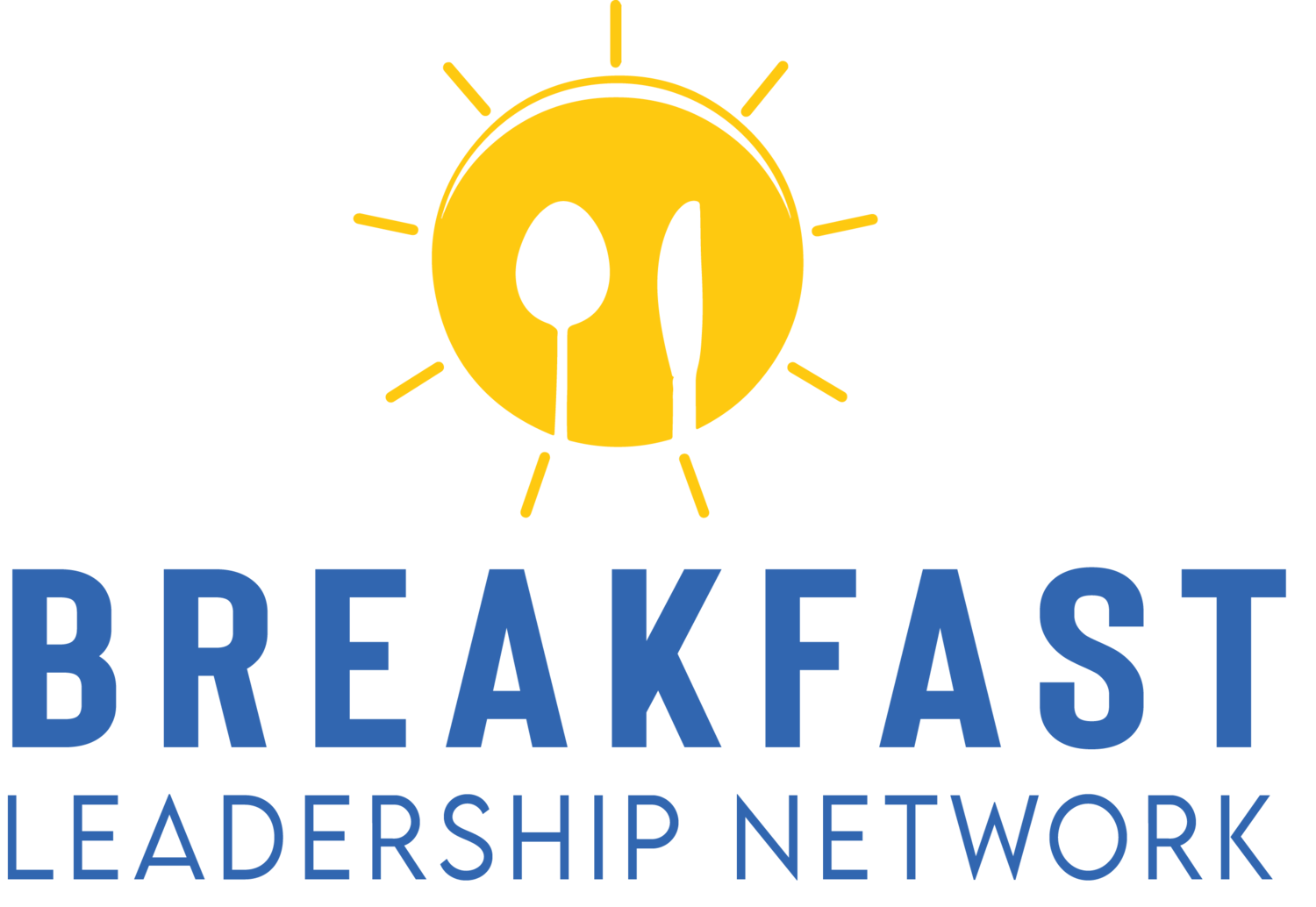Navigating the Future of Work: A Grounded Response to Gallagher’s 2025 Workforce Trends
The Gallagher 2025 Workforce Trends Report offers a comprehensive snapshot of the current state of employee engagement, diversity and inclusion (I&D), and burnout across U.S. organizations. While the data presented is robust and insightful, it warrants a deeper, more human-centered interpretation. As someone who’s worked extensively with organizations to prevent burnout and realign workplace culture, I offer this response to Gallagher’s findings with nuance, counterpoints, and actionable clarity.
The Engagement Illusion: Survey Fatigue or Action Fatigue?
Gallagher reports that 61% of employers believe their workforce is “highly engaged,” yet nearly 2 in 3 report turnover rates of 10% or more, with nearly half exceeding 15%. This discrepancy suggests a common trap: assuming engagement based on outdated or infrequent pulse checks. In truth, many employers mistake survey participation for satisfaction.
As I’ve shared in my article “12 Signs of a Toxic Job — How to Spot Them and Take Action,” employees are far more discerning today. If surveys don’t lead to meaningful change, they breed disengagement not loyalty.
Instead of quarterly surveys with no follow-up, organizations should:
Create visible follow-through mechanisms after feedback collection.
Equip managers with the tools to close the loop and update teams regularly.
Integrate real-time feedback channels such as AI-assisted check-ins or manager micro-coaching.
A great tool for real-time feedback, according to a related HBR article, is “Manager-led Micro Engagements,” where check-ins happen weekly rather than quarterly and results are actioned, not filed away in dashboards.
Career Wellbeing vs. Career Burnout
Gallagher rightly highlights career growth pathways and skill development as top drivers of both engagement and retention. However, the report glosses over a dangerous side effect: when organizations push growth without recalibrating workload, they unintentionally fuel burnout.
According to Gallagher, only 24% of organizations train managers in mental health awareness. Yet 67% are concerned about burnout. That math doesn’t add up.
This mirrors my own research, as shared in Burnout Proof, where I note that “unchecked career growth demands without time, tools, or training only create deeper wells of resentment.”
What’s needed:
Psychological safety before stretch goals. You can’t challenge someone to grow if they’re drowning.
Boundary training for high performers. Career advancement must not come at the cost of personal health.
Manager upskilling. Every manager should be certified in basic emotional intelligence and mental health first response.
Gallagher's finding that only 28% of employers offer time off specifically for burnout highlights a systemic gap in strategy. Without rest, there's no resilience.
Diversity & Inclusion: Policy or Purpose?
One of the more subtle findings in the report is the rising tension around I&D initiatives. While 74% of employers say they have I&D strategies in place, only 43% integrate these into talent analytics or career and succession planning. This reveals a deeper issue: I&D is still often performative, not transformative.
At Breakfast Leadership, we advocate for inclusion as a behavior, not a bulletin board. Inclusion only works when it's baked into how hiring, promotions, recognition, and performance evaluations are done.
A better approach would be:
Tie leadership bonuses to I&D outcomes not just representation but progression.
Use AI equitably in hiring ensuring algorithms don’t carry embedded bias.
Foster ERGs that aren't isolated but instead directly inform policy and product design.
And here’s a counterpoint to Gallagher’s otherwise strong take: not all DEI pushback is based on “polarization.” Some is based on fatigue from ineffective programs with no clear outcomes. Better metrics and stories, not just checkboxes, are what employees want to see.
Flexible Work: A Missed Opportunity for Culture
Gallagher notes that only 19% of organizations offer full location flexibility, while 43% face employee resistance to return-to-office mandates. Yet the report still positions hybrid work primarily as a perk not as the cultural transformation it actually is.
Here’s the truth: flexibility is no longer a “benefit.” It’s an expectation, particularly from Millennials and Gen Z talent. Forcing a one-size-fits-all return-to-office strategy without acknowledging personal, health, or caregiving variables is a fast track to disengagement.
Referencing my article, “Why Work-Life Boundaries Matter More Than Balance,” employees no longer want to balance work and life: they want autonomy to integrate both meaningfully.
Organizations should:
Empower teams to define their optimal work rhythms.
Shift performance metrics to outcomes over hours.
View flexible work as a trust strategy, not a compliance issue.
Make Culture Your Competitive Advantage
The Gallagher report is a valuable mirror. It reflects what many employers already sense people are tired, turnover is expensive, and outdated engagement tools no longer work. But it also reveals that too many organizations are addressing symptoms (surveys, burnout programs, hybrid policies) rather than systems (culture, leadership trust, role clarity).
To go deeper:
Invest in burnout prevention before productivity plans.
Align I&D with measurable impact, not optics.
Build workplaces where performance and wellbeing co-exist by design.
At the end of the day, sustainable performance is not a byproduct of great perks it’s the result of a human-first, culture-forward strategy.
